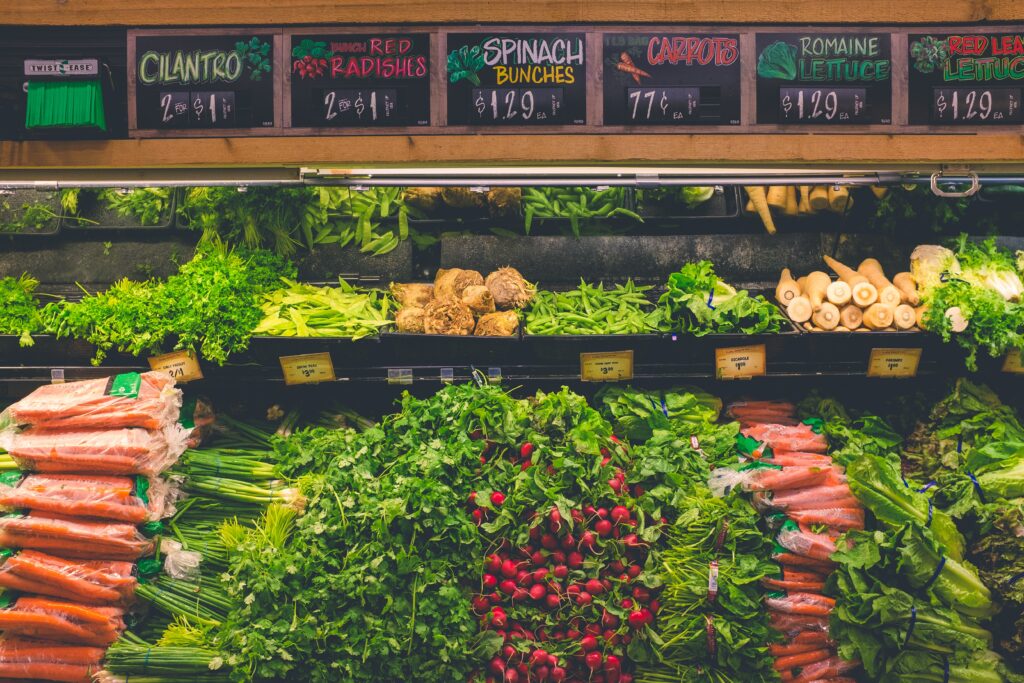As the pandemic subsides, grocery stores are facing a shifting and more competitive marketplace.
Fundamental changes in consumer behavior have started to unfold as concerns about COVID-19 have eased. Consumers are generally more apt to patronize grocery stores offering better quality food items and production selection, which reverses the “speed and safety” issues that dominated shopping patterns in the past year, according to experts participating in a recent webinar sponsored by Placer.ai.
“During the pandemic, the primary concerns of customers were to retrieve food as quickly and as safely as possible, but that trend has now shifted,” explained Eric Karlson, Director of Strategy and Insights at dunnhumby, a global company involved in tracking consumer data science. “Food quality and product selection are now primary drivers and prices will start becoming important again. Last year, consumers were less concerned with what they were paying because they were hyper-focused on visiting one store and getting out quickly. 2020 was a banner year for grocery stores and we don’t expect overall sales to be repeated in 2021.”

Consequently, some grocery stores are launching new initiatives to become more competitive.
“Grocery stores are positioning for the post-pandemic landscape with consumers demanding multiple options and sizes across all food categories, better pricing and an enjoyable shopping experience,” stated Erin Lash, Director, Consumer Equity Research at Morningstar. “They are not ready to give up ecommerce entirely and are venturing out of the house, visiting more than one grocery brand and expecting more and better. The successful players going forward will carve out their niche, differentiate themselves and effectively communicate this premise. Sprouts hurt themselves a bit during the pandemic with its emphasis on fresh offerings but little in the way of paper goods and cleaning products. Consumers did not feel compelled to make two separate trips to the grocery store.”
“Grocery store shopping was mission-driven last year and brands such as Winn-Dixie performed exceptionally well,” stated Ethan Chernofsky, Vice President of Marketing for Placer.ai and the moderator of the webinar. “This is not the case now as consumers are expanding their horizons to find exactly what they want.”
At the same time, grocery stores have to contend with competition from more and varied food sellers.
Visitations to convenience stores have increased for 26 consecutive years as consumers value the vastly improved product quality, time savings and offering of freshly prepared foods, while glancing away from the higher pricing, a trend that is starting to eat away at the long-enjoyed dominance of supermarkets.
“After the recession in 2008, it became the decade of the discounter and brands such as Wal-Mart and Aldi flexed their muscles but, beginning in 2007, consumers were less interested in price,” added Karlson. “We are now seeing concepts such as the Dollar Store taking grocery customers, and the convenience store category have really stepped up their games in the past 10 years. The general public has become attached to strong brands such as Trader Joe’s and Wegmans. The core value is high and consumers have a strong emotional attachment to their favorite stores.”
“The snacks category took a hit last year as consumers infrequently left their homes and did not need food items that they would have regularly used at work or school,” added Lash. “The Amazon grocery approach hasn’t been as impactful when they entered the space in 2017. There was added price competition and it forced others to improve their delivery models, become nimbler and more responsive to consumers. Last year was amazing for grocery stores but pandemic shopping is unsustainable.”